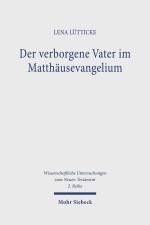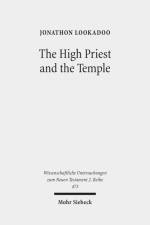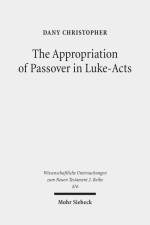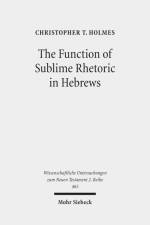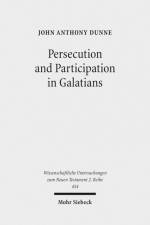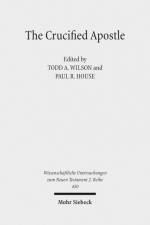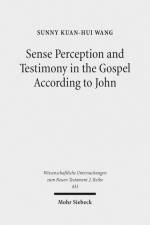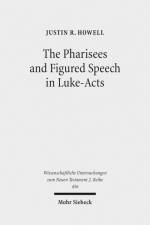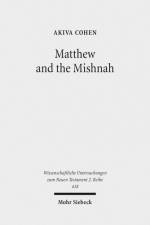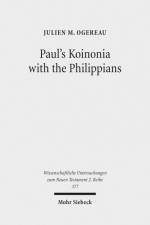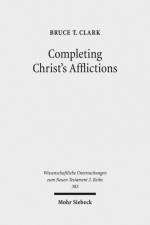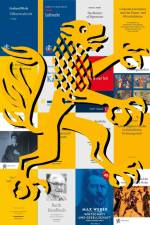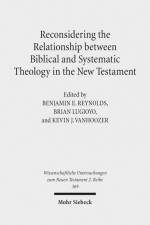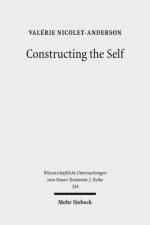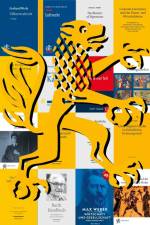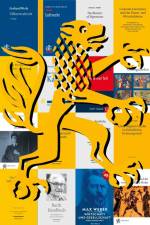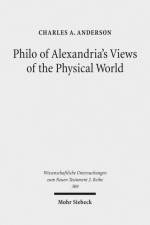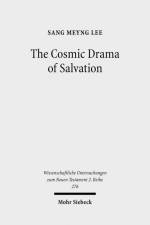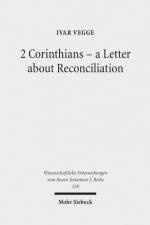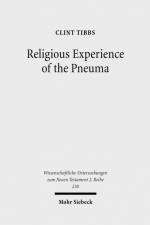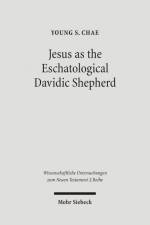av Samuel Byrskog & Tobias Hägerland
1 161
From the inception of critical Jesus research, the questions of Jesus' understanding of his authority and his aims have been central to this field of inquiry. Up to this day, scholars are making efforts toward resolving those questions. This volume is a collection of contributions that were originally presented at the second Nordic Symposium on the Historical Jesus in Lund 2012. Researchers from Denmark, Finland, Norway and Sweden continue and broaden a conversation that was initiated in Turku 2010. The topics of Jesus' identity and aims are coupled under the concept of "mission," which includes his notion of being sent, the purposes that he aimed to fulfill, and the means of carrying out these purposes. Contributions to the volume discuss methodological problems, analyze proposals made in previous research, and suggest new understandings of various aspects of the mission of Jesus. Contributors: Jostein Ådna, Ville Auvinen, Renate Banschbach Eggen, Eve-Marie Becker, Per Bilde, Samuel Byrskog, Tobias Hägerland, Matti Kankaanniemi, Halvor Moxnes, Mogens Müller, Kari Syreeni


